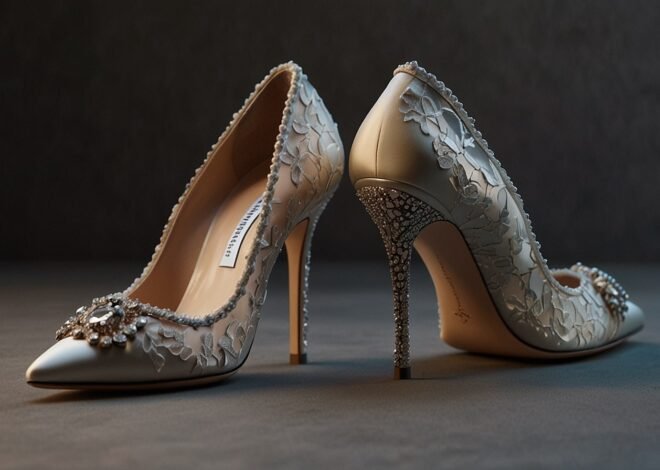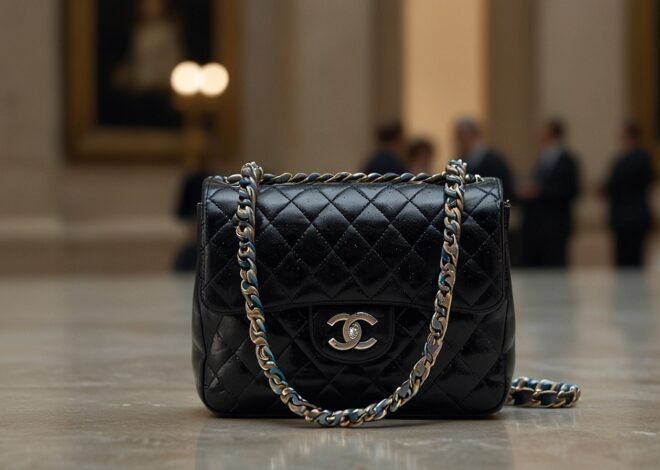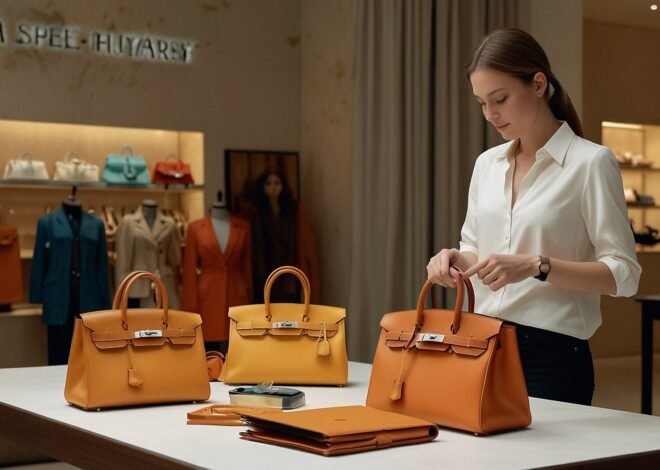
Chanel’s Sustainable Couture Revolution Unveiled for 2026
Chanel, the bastion of French chic, has presented its audacious 2026 couture line, a revolutionary project in the luxury fashion industry that focuses on sustainability. The collection has passed its test at an invitation-only show in Palais Garnier, Paris, with its bio fabric, grown gems, and waste-free utilization of the tallness, setting a new benchmark of environmentally conscious high opulence.
With some luxury brands being torn between the pressure of the current consumers to use ethical forms of production and the reputation of the brands, it is essential to note that the trend toward more sustainable forms of production is reflected in Chanel’s planning to move as one of the contributions it can make to the sustainable fashion revolution.
Making Beauty out of Sustainable Materials
The 2026 line by Chanel features a revolutionary shift in material sourcing, which is relatively sustainable and elegant at the same time. The trademark dresses are composed of intricate embroidery, and are done in bio-resinable regenerative Provençal colour silk cultivated in Provence.
These are natural fabrics, certified according to the Global Organic Textile Standard, whose decomposition helps minimize the landfill’s impact. The conventional pearls are substituted by lab-grown pearls that are grown in a controlled environment to mimic an oceanic climate, which eradicates the issue of morality in terms of marine harvesting. As an SFI report of 2025 showed, lab-grown gems have a 60 percent lower carbon footprint than mined-grown ones.
The tailoring of the collection is based on zero-waste patterns, an approach that creates minimal waste at the production stage. The ateliers that employ a staff of 200 artisans took 18 months to perfect these designs, making sure every one of them defines the precision that the brand is known to deliver.
An exemplary piece is a floor-length dress called Perle Eternelle (Eternal Pearl), in which a cascade of pearls grown in the lab is interlaced with silk, a glimpse of moonlight on the water. The dress that requires 500 hours of meticulous attention is a shining example of how Chanel had the power to combine innovation and timeless art.
Openness and Clean Manufacturing
Chanel has a vision that takes its sustainability beyond materials to the supply chain. It has also teamed up with blockchain platform Everledger in an attempt to trace its raw materials from the source to the showroom, demonstrating ethical sourcing.
They will provide this level of transparency as regulated in the EU as per the 2025 Green Claims Directive, which requires measurable environmental claims. In response to consumer sentiment recorded in the 2024 Luxury Market report by Bain & Company, Chanel has introduced an official portal that outlines its supply chain, from organic silk farms to pearl labs.
The production process of the collection also focuses on treating the people fairly. Chanel has also expanded its Métiers d’Art program, training 50 new artisans in the sustainability of their Parisian workshops’ procedures.
Such initiatives respond to allegations of poor labour conditions in fast fashion and assume the additional role of strengthening Chanel as an authority figure in ethical luxury. According to Chanel’s creative director, Virginie Viard, sustainability is not a fad, but part of our heritage; it was an utterance made at the unveiling.
Attracting a New Generation of Consumers
The 2026 outfit focuses on younger, environmentally aware consumers, Gen Z and Millennials (with 40% of the high-end expenditure, according to McKinsey 2025 Consumer Insights).
Chanel has already introduced an immersive digital campaign where people can browse around the collection through augmented reality (AR) on the app. The AR experience, created in collaboration with the tech company LuxeVR, allows customers to virtually wear such items as the Perle Eternelle gown, which drives traction among tech users.
In order to make it available to as many people as possible, Chanel will organize pop-up shows in Shanghai, Dubai, and New York where the attending customers will observe the sustainable methods that it uses to create the collection. These are not only free exhibits, but they are also meant to democratize fashion and luxury, making consumers aware of green-friendly fashion.
Yet, the collection itself is exclusive, with 100 pieces to be sold privately, at starting prices of 15 000 euros. This exclusiveness maintains Chanel as a brand that is coveted by the high-net-worth person and makes the brand affordable to those who aspire to it but cannot afford to buy it by using digital and experiential means.
Industry Impact and Competitive Landscape
The sustainable couture line of Chanel comes in when its competitors, such as Prada and Hermes, adopt the concept of eco-innovation, as thehighchairsociety.com reports. The tech-infused 2033 collection by Prada and the high-tech silk strands made of Shealis in 2030 by Hermes are clear indicators that the industry is shifting towards sustainability and technology.
The ability to pay attention to biodegradable materials and blockchain transparency, however, differentiates Chanel and is responsive to the fact that consumers are understandably skeptical about greenwashing. A 2025 BCG report cautions that 70% of luxury consumers no longer have faith in sustainability claims, and Chanel is ahead of the game with regards to its strict approach.
The line is likely to increase the Chanel market share in the Asian markets, which is predicted to reach 5 percent growth above eco-friendly spending in 2026, according to Bain. Analysts believe competition can intensify sustainability initiatives even faster, with the possibility of standardization of lab-grown materials in the couture. The initiative by Chanel would be able to affect policy as well, helping support tighter environmental laws within the fashion world.
Challenges Ahead
Chanel has obstacles. Some of its sustainable materials are extremely expensive, which might not make the company scalable at the expense of the mid-range consumers. Traditionalists on X have insinuated that the cultured pearls do not share the soul possessed by the natural gems. Still, Chanel has retorted by stating that there is no difference in quality. Moreover, expanding blockchain tracking to cover all collections may overload the resources so that it will be associated with considerable investment.
A Blueprint for Luxury
The 2026 couture line by Chanel is a bold declaration of purpose, the amalgamation of sustainability, technology, and craftsmanship in the aim of redefining luxury. Focusing on consumer demands to be ethical and innovative, the brand keeps its legacy and sets the industry direction. When Perle Eternelle dress is ready to shine on Parisian catwalks, Chanel offers the world a vision of the future where beauty and good governance are the same.


